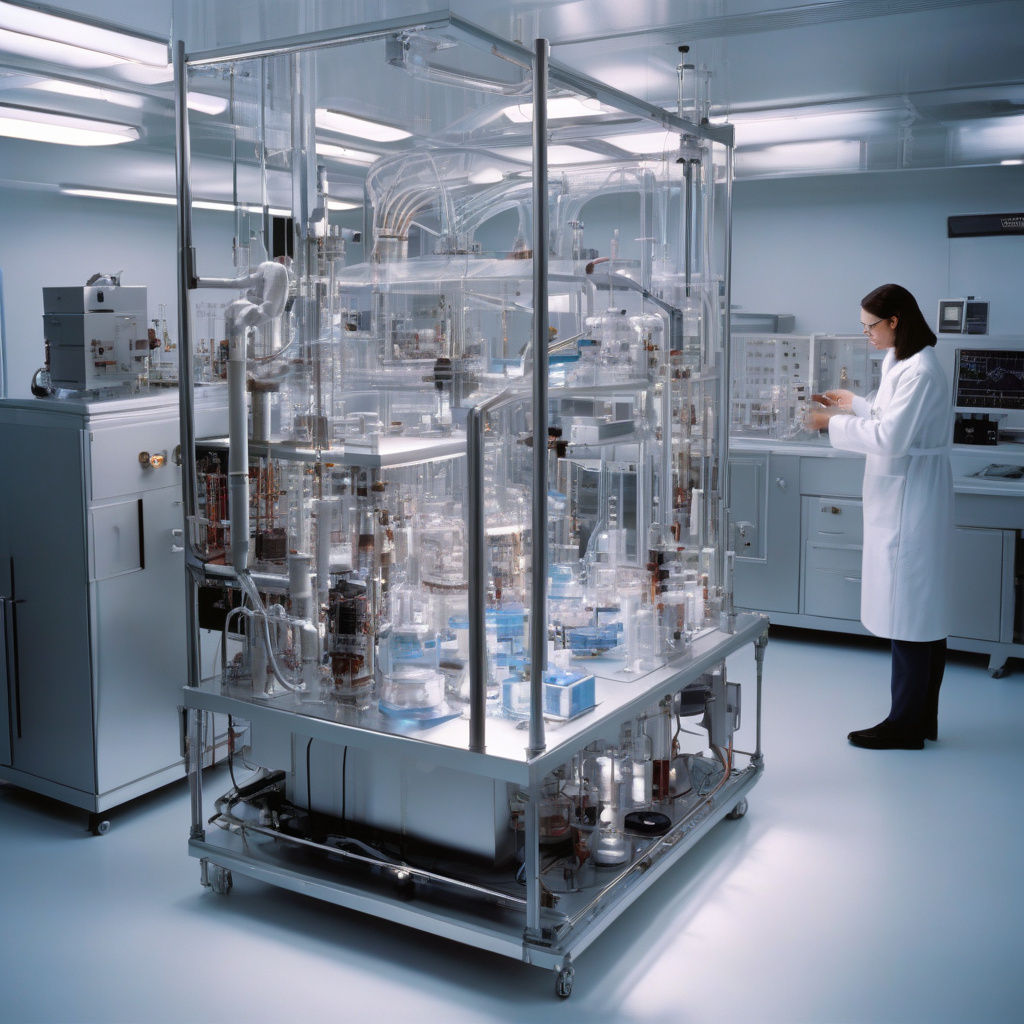Supercharging Electronics: The Revolutionary 3D Cooling Method Using Boiling Water
In the rapidly evolving world of electronics, the quest for more efficient cooling methods to enhance performance and prevent overheating is a never-ending challenge. Recently, a groundbreaking innovation has emerged from the labs of Japanese researchers, promising to revolutionize the way we cool electronic devices. By combining microchannel geometry with capillary structures, these researchers have achieved a remarkable feat: a 3D cooling method that utilizes boiling water to supercharge electronics, resulting in a staggering 7x performance boost.
Traditionally, electronic devices rely on fans or heat sinks to dissipate heat generated during operation. However, these conventional cooling methods often have limitations in terms of efficiency and effectiveness, especially as electronic components continue to shrink in size and increase in power. As a result, researchers have been actively exploring alternative cooling techniques to address this growing thermal challenge.
The innovative 3D cooling method developed by the Japanese researchers represents a significant leap forward in thermal management technology. By harnessing the power of boiling water in conjunction with advanced microchannel and capillary structures, this method offers a highly efficient and sustainable solution for cooling electronics. The key to its success lies in the unique design of the microchannels, which are engineered to optimize the flow of boiling water and facilitate rapid heat transfer away from the electronic components.
One of the most remarkable aspects of this 3D cooling method is its ability to achieve a 7x performance boost in electronic devices. By effectively dissipating heat and maintaining optimal operating temperatures, this innovative cooling technique enables electronic components to operate at peak efficiency without the risk of thermal throttling or overheating. As a result, devices powered by this cutting-edge cooling technology can deliver enhanced performance, improved reliability, and extended longevity.
Moreover, the use of boiling water as a cooling medium offers several advantages over traditional cooling methods. Water has a high heat capacity and thermal conductivity, making it an excellent heat transfer fluid. Additionally, the phase change from liquid to vapor during boiling absorbs large amounts of heat, further enhancing the cooling efficiency of the system. By leveraging these inherent properties of water, the 3D cooling method not only provides superior thermal management but also reduces the overall energy consumption of the cooling system.
The implications of this groundbreaking innovation are profound and far-reaching. From high-performance computing systems and data centers to advanced gaming consoles and mobile devices, the application of the 3D cooling method has the potential to revolutionize the electronics industry. As the demand for faster, more powerful, and energy-efficient devices continues to rise, this innovative cooling technology could pave the way for a new era of electronic design and functionality.
In conclusion, the development of the 3D cooling method using boiling water marks a significant milestone in the field of thermal management for electronics. By pushing the boundaries of traditional cooling techniques and harnessing the power of phase-change cooling, the Japanese researchers have unlocked a new realm of possibilities for enhancing the performance and efficiency of electronic devices. As we look towards the future of technology, innovations like this serve as a testament to the ingenuity and creativity driving progress in the electronics industry.
cooling technology, electronics innovation, thermal management, performance boost, Japanese researchers












